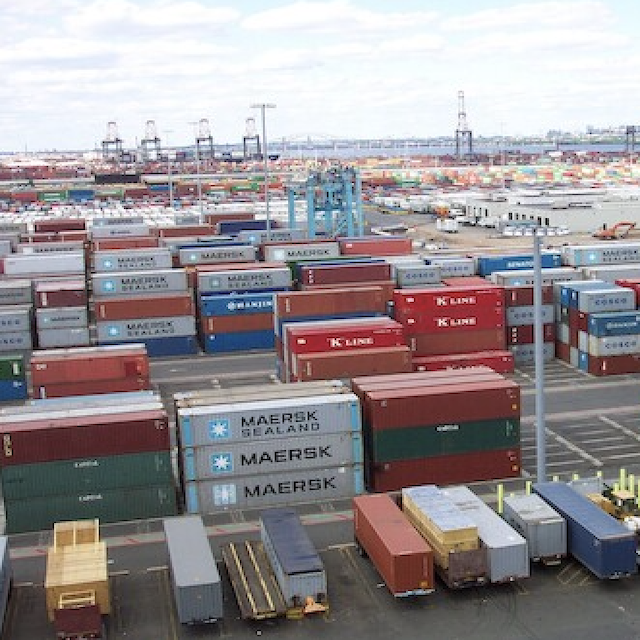Record Industrial Rent Growth Tapers Off at U.S. Port Gateways

The relentless surge in industrial rents that once defined America’s major port markets is giving way to a more measured environment, as new data from CommercialCafe points to a clear cooling after years of double-digit expansion. Investors entrenched in these coastal supply chains will recognize not only the sharper pricing discipline but also emerging disparities among the nation’s leading port cities as the once-homogenous boom fractures into more localized market stories.
West Coast Market Reset
Los Angeles remains an influential yardstick for the sector, closing the recent 12-month period with average in-place rents at $15.32 per square foot. While high by any standard, the pace of rent growth has now trailed into single digits. New lease activity in Los Angeles further underlines the normalization: new contracts are coming in only marginally above, or even on par with, existing agreements—a signal that the battle among occupiers has eased.
The nearby Inland Empire recorded a headline 16% year-over-year rate, with rents advancing to $10.70 per square foot. Still, here too the data shows the new-lease premium receding from its pandemic heights, highlighting tenants’ growing negotiating power.
The Bay Area reported a more modest 2% rise for new leases, a far cry from earlier peaks, with average rents at $13.78 per square foot. Meanwhile, Orange County, still the West’s most expensive market at $16.91, has seen rent growth flatten after several years of outsized gains.
Seattle, another major port gateway, finished with an 8.5% vacancy—up significantly year-over-year—despite new lease premiums of $2.42 per square foot still being logged.
Northeast and Mid-Atlantic Divergence
Northeastern port markets exhibit a similar pattern of decelerating yet persistent rent growth, often coupled with tight supply. New Jersey holds its position as average in-place rents of $11.99 per square foot—a $1.13 year-over-year rise and the highest in the Northeast—though the pace has slowed.
Notably, Bridgeport, Connecticut, led the country in new lease premiums, with deals signed over the year coming in $5 higher than in-place averages, underscoring hyper-local demand surges not seen in neighboring metros.
Philadelphia, another market with robust logistics fundamentals, saw in-place rents increase by 9.2% to $8.63 per square foot. Boston’s rents climbed 8% to $11.56, with a substantial $3.51 new-lease premium underscoring tenants’ willingness to pay for limited, high-spec space.
Southern Growth Tapers
Among Southern port cities, rents in Miami advanced 10% to $12.85 per square foot, the region’s highest. Even so, for the first time in years, the new lease premium narrowed—a sign that the run-up is fading. Baltimore’s in-place rents hit $8.61 while Tampa pushed to $8.37, both markets posting high single-digit to low double-digit annual gains. Atlanta’s industrial base and Houston’s strong port activity both contributed to their regional leadership, but like elsewhere, the size of new lease spreads ($2.30–$3.50 in leading metros) decreased compared to past years, demonstrating the changing market balance.
Midwest Markets Hit Pause
While the major focus remains on coastal gateways, several Midwestern cities revealed a different dynamic: negative lease spreads. Cincinnati, Kansas City, and Columbus all posted new lease rates that trailed average in-place rents for the year. Chicago and Minneapolis-St. Paul, with their own port-related freight ties, recorded modest rent growth—well under national averages—underscoring a broader tenant-driven adjustment in many interior hubs.
Source: GlobeSt/ALM